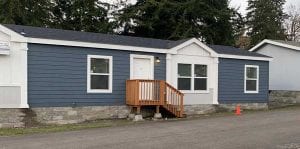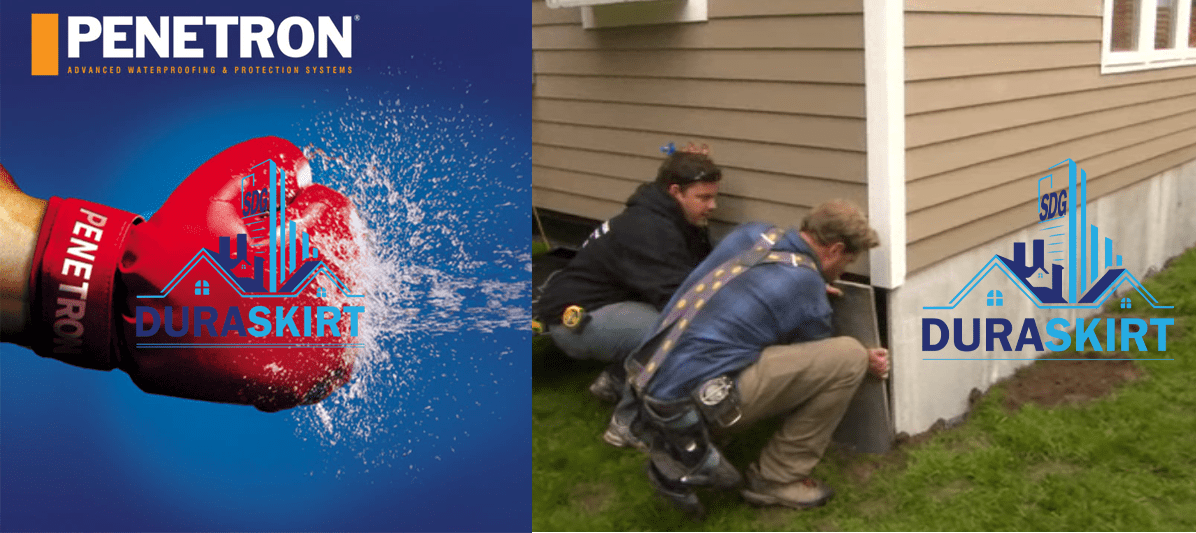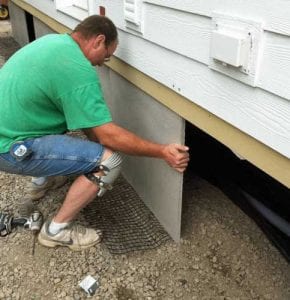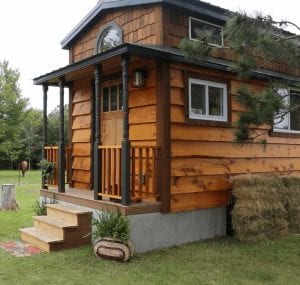
Best Way to Pit Set A Manufactured Home
History of Pit Set A Manufactured Home
Did you know the pit set manufactured home is a relatively new concept? We have watched the manufactured home industry evolve over the years. Beginning with tin can trailers placed in parks to beautiful custom family homes. This viable housing transformation began when congress enacted the 1994 “Permanent Foundation Code for Manufactured Homes.”
By enacting this code in 1994 it has instigated the pit set manufactured home aiming to make a manufactured home look like a house. Although there are many ways to accomplish this, I am going to be discussing our 20-year journey to perfecting it. Yes, we began in 2000 mindful that the manufactured home industry needed a product to help the longevity of their home.
Reason Why to Pit Set A Manufactured Home
Firstly, let us discuss the reasons for envisioning the best way to pit set a manufactured home. We will need to go back to the 1980s when we were installing manufactured homes. These homes were changing to offer wood siding and site-built features. Therefore, we began to see the need for a pit setting.
What Are the Advantages of Pit Setting?

A customer posted this about DURASKIRT™ on Instagram.
When we say pit set, we are meaning that the soils are excavated so that the blocking is set down into the ground. The advantages are obvious, like eliminating steps into the home and energy savings. Though, there were two drawbacks associated with pit setting a manufactured home. The shortcomings being higher costs and groundwater.
The Use of Wrong Products
Mainly the cost associated with pit setting a manufactured home was above many budgets. So, the industry began trying to curb these costs by using materials like pressure-treated wood skirting. Some have tried using the Hardie panel which quickly deteriorated allowing rodent intrusion. Obviously, these products were found to be terrible ideas.
For discernible reasons, concrete skirting has taken over the pit set manufactured home market. Primarily, because the concrete does not rot and when done right keeps rodents from invading. So, let us talk about the issues with concrete skirting.
Types of Concrete Skirting
1. Stem-wall
What is stem-wall concrete skirting? Stem wall concrete skirting is when you pour a concrete wall around the perimeter of the manufactured home. Clearly, the stem-wall needs a footing for support adding time and money to your project. The main benefit to a stem-wall is that it is strong, lasting, and makes a manufactured home look like a house.
In Opposition, since manufactured homes are mainly supported internally, this is still a skirt. A very costly skirting that also needs a well-constructed crawl space and Requires filling the gap from the top of the wall to the home. If these two things are not addressed properly the home will not be rodent-proof.
| Pros: Stem-Wall Skirting | Cons: Stem-Wall Skirting |
| Strong | Costly |
| Longevity | Extending the building schedule. |
| Makes the manufactured home look like a house. | Requires filling the gap from the top of the wall to the home. |
| Eliminates steps into the home. | Moving the home in the future. |
| Crawl space may or may not be constructed to prevent rodent intrusion. | |
| Needs a footing. | |
| No warranty. | |
| If a 6-sack concrete mix is used it is considered waterproof. Otherwise, a bituminous layer painted on the outside of the wall is needed for waterproofing. |
2. Concrete Block Skirting to Pit Set A Manufactured Home

Block skirting on a manufactured home.
Concrete block skirting is also a good way to skirting a manufactured home. The benefits are obviously like that of a stem-wall although easier to move the home when it becomes necessary. The drawback especially using split-faced is sealing the gap from the top of blocks to the bottom of the home.
Similarly, the crawl space, being an entry point to rodents must be constructed well. Identically to a stem wall, a block requires a good foundation for support. Conversely, block walls tend to crack, and being porous can grow moss and leak groundwater. Too, a bituminous layer is needed. The skirting will need to be painted on the outside and being more porous usually requires more material than a stem wall.
| Pros: Concrete Block Skirting | Cons: Concrete Block Skirting |
| Strong | Costly |
| Longevity | Extending the building schedule. |
| Eliminates steps into the home. | Requires filling the gap from the top of the wall to the home. |
| Moving the home in the future. | |
| Crawl space may or may not be constructed to prevent rodent intrusion. | |
| Needs a footing. | |
| No warranty. | |
| Requires a bituminous layer painted on the outside of the wall for waterproofing. Due to being very porous, it usually requires more material than a stem wall. | |
| Looks like a manufactured home. |
3. DURASKIRT™ Concrete Skirting

You can place back-fill up to 6″ down from Belly-band or in this photo 6″ below the white metal drip cap. DURASKIRT™ meets the standard for foundation certification found in the HUD-7584 Permanent Foundation code.
DURASKIRT™ concrete skirting is a well-thought-out and planned product. The reason why is simple. DURASKIRT™ has been planned and proven for more than two decades by people that know the problems and solutions for the manufactured home industry well.
Indeed, the lower costs are attributed to both speed of installation and more stably priced materials. With both expenses of labor and material costs factored in DURASKIRT™ will always be a better value. Besides, the lower costs of having a warranty, no rodent intrusion, and making your manufactured home look like a house is important and sets DURASKIRT™ apart.
Finally, look at this recap and you’ll agree. DURASKIRT™ checks all the boxes.
| Pros: DURASKIRT™ Concrete Skirting | Cons: DURASKIRT™ Concrete Skirting |
| Much lower cost. | |
| Long-lasting | |
| Eliminates steps into the home. | |
| Does not require filling the gap at the top. | |
| Easily take off to repair panels or move home. Reusable. | |
| No footing required. | |
| Has warranty. | |
| Poured with more than 6-sack concrete which is considered waterproof. | |
| Makes a manufactured home look like a house. | |
| Crawlspace fitted to prevent rodent intrusion. | |
| Speeds schedule. | |
| Strong |
Keeping Ground Water Out
Like I alluded to above groundwater can be a drawback. This definitely depends on your land for many reasons. The point is to be mindful there is a danger so you can design a proper solution. I will be addressing this in greater detail in a future blog so sign up so you can stay informed.
Other Related Articles:





Recent Comments